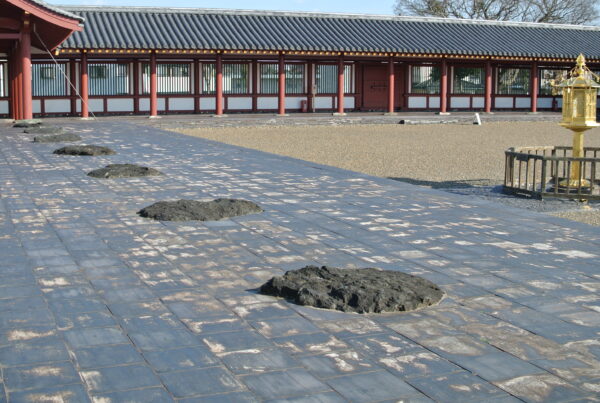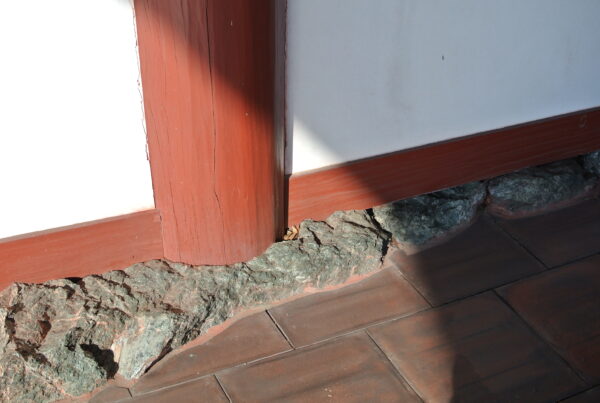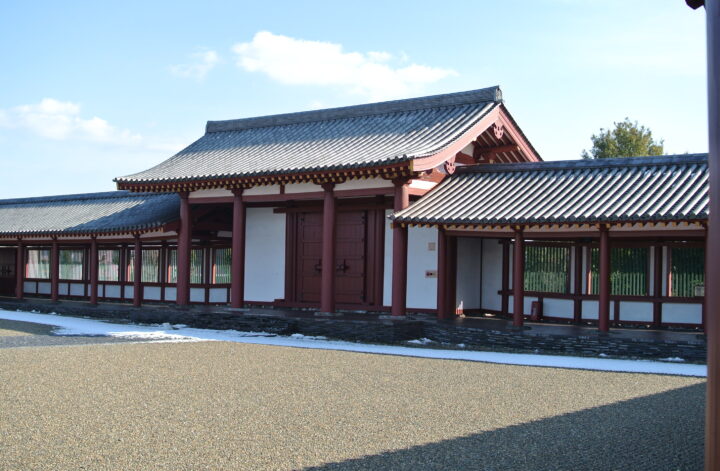I visited the ruins of Kazusa-Kokubunniji, an ancient provincial Buddhist nunnery. It was built in accordance with a decree by Emperor Shomu in 741 A.D. It is said that the premises of this nunnery were the largest in Japan. The buildings burned to the ground. To this day, we don’t know what caused the fire. After they were excavated in the 20th Century, the gate and corridor leading to the main building were painstakingly reproduced. They used the same types of materials and tools that had been used when they were built.


I walked along the corridor and looked at details of the building. After that, I visited the exhibition hall. In the hall, I watched a video explaining the history of the nunnery. It was truly informative. The hall exhibits artifacts excavated from the site. They show how the buildings were built and what nuns’ daily lives were like. Notes and signatures on pottery are still legible because they were written in Indian ink, which was carbonized through fires. They provide important information about who owned the pottery and where it was used.
The curator’s explanations were very helpful, detailed, and inspirational in understanding the artifacts, those who lived there, and history of the nunnery.
